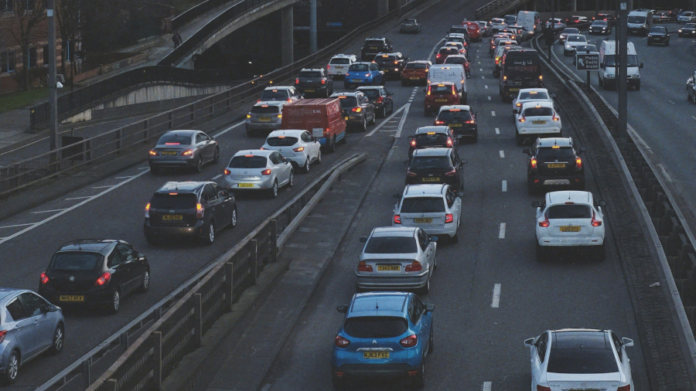A new report has cast fresh doubt on the effectiveness of leading digital ad verification vendors, raising concerns among B2B marketers over the reliability of tools designed to prevent wasted ad spend on bot traffic.
According to research from Adalytics, shared with The Wall Street Journal, platforms tasked with filtering out nonhuman traffic are regularly failing to detect bots, even when those bots openly identify themselves. The report highlights that brands are continuing to invest billions into programmatic advertising, despite growing evidence that a significant portion of impressions are never seen by real people.
Cloudflare estimates that at least 40% of web traffic is made up of bots—a figure expected to rise with the proliferation of AI systems crawling the web for data. The Adalytics report suggests that even among verification companies regarded as industry leaders, including DoubleVerify, Integral Ad Science, and Human Security, bot detection is inconsistent and often incomplete.
While these companies maintain that their technology filters out fraud before and after bidding, the report documents multiple cases in which bots were served ads from major global brands. In some instances, this occurred even when bots signalled their identity through standard protocols such as IP addresses and user-agent strings—basic data points that should flag suspicious traffic.
The findings have triggered concern among advertisers and publishers, some of whom had assumed verification vendors were already using this data to make pre-bid decisions. Yet in many cases, the platforms facilitating ad auctions do not share these details with third-party verification systems, limiting their ability to assess the legitimacy of the audience in real time.
The issue is compounded by the rise of more sophisticated bot tactics, where fraudsters mimic legitimate browsing behaviour to build false audience profiles. In these cases, bots may visit trusted news sites to appear authentic, before being funnelled to websites owned by bad actors who profit from inflated ad impressions.
The digital advertising ecosystem depends on verification companies to provide brands with confidence that their media spend is being used effectively. In theory, advertisers should be reimbursed when large volumes of bot traffic are identified after a campaign runs. In practice, however, buyers rarely pursue refunds, partly because reported bot rates remain low and verification is often seen as a tick-box exercise.
The latest findings raise critical questions for B2B marketers, who are under pressure to prove ROI while navigating a fragmented and increasingly opaque digital ad landscape. As platforms and verification tools face scrutiny, there are growing calls across the industry for more transparency, shared data protocols, and independent audits of ad tech effectiveness.
With bot traffic on the rise and AI accelerating its spread, marketers are being urged to re-evaluate their programmatic strategies and consider more robust, multi-layered approaches to brand safety and campaign verification.


 Whether you want to learn how to use LinkedIn, X or Facebook for marketing, or need to brush up on business skills like leadership, presentation skills or managing meetings, you will find something to enhance your professional skills with these on-demand courses.
Whether you want to learn how to use LinkedIn, X or Facebook for marketing, or need to brush up on business skills like leadership, presentation skills or managing meetings, you will find something to enhance your professional skills with these on-demand courses.